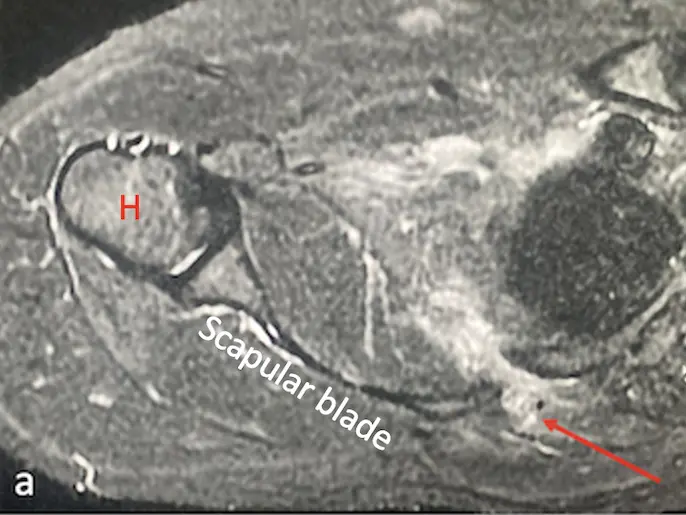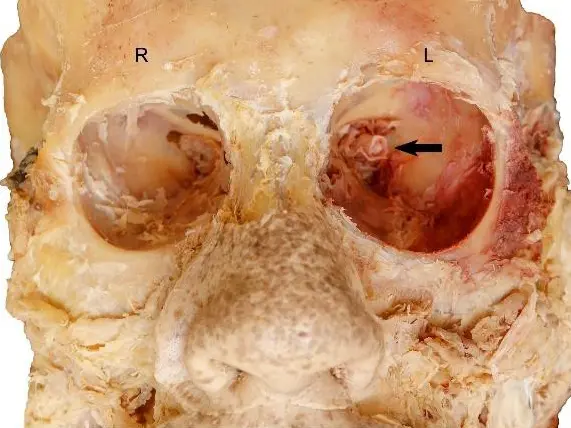Although muscle variations in the forearm have been widely reported, the presence of supernumerary muscles in this compartment may be associated with compressive disorders of the nerves of the upper limb. The purpose of this study was to report the finding of a polygastric flexor muscle of the index finger (PFID), a supernumerary muscle associated with the anterior compartment of the forearm, the morphology and pathway of which are closely related to the median nerve. The PFID was found in a routine dissection of an upper right limb. Following a dissection methodology by planes, a narrow, polygastric muscle was identified, formed sequentially and interspersed by four tendons and three muscle bellies, that extended between the common flexor muscle mass of the anterior compartment of the forearm and the index finger. The sixth part of the PFID was partially in the carpal tunnel and established close relation with the median nerve, which was displaced superficially. Knowledge of this and other muscle variations that appear in the forearm and carpal tunnel are relevant when performing a differential diagnosis of carpal tunnel syndrome or in planning surgery on this canal.
Polygastric flexor muscle of the index finger and its clinical implications
Andrés Riveros1,2, Oscar Inzunza3,4, Alvaro Burdiles3, Emilio Farfán3,4
1 Departamento de Ciencias Morfológicas, Facultad de Medicina y Ciencia, Universidad San Sebastián, Lientur 1457, Concepción 4080871, Chile
2 Programa de Doctorado en Ciencias Morfológicas, Universidad de La Frontera, Temuco, Chile
3 Departamento de Anatomía, Escuela de Medicina, Pontificia Universidad Católica de Chile, Santiago, Chile
4 Morpho-Clinical Research Lab, Escuela de Medicina, Pontificia Universidad Católica de Chile, Santiago, Chile
SUMMARY
Eur. J. Anat.
, 27
(2):
201-
207
(2023)
ISSN 2340-311X (Online)
Sign up or Login
Related articles
Case report
Case report



